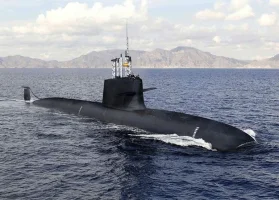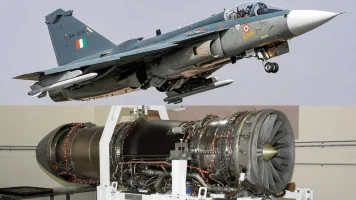- Views: 2K
- Replies: 3
Indian shipyards are adopting cutting-edge construction techniques to boost their warship production capabilities and compete with leading Asian shipbuilding giants.
A key strategy in this endeavor is the implementation of advanced modular construction, which has already demonstrated significant improvements in streamlining shipbuilding processes.
This method involves constructing ships in large, pre-fabricated blocks, each weighing approximately 250 tonnes. These blocks, encompassing sections like the hull, superstructure, and internal systems, are meticulously engineered to include all necessary cabling and piping.
This ensures that when assembled, the components align perfectly for welding and final integration, reducing construction time and enhancing the quality and precision of the build.
The construction of the Nilgiri-class warships exemplifies the success of this approach. These advanced frigates, enhanced versions of the earlier Shivalik-class, are among the most sophisticated naval vessels India has produced. By adopting modular construction, the time required from keel laying to commissioning has been dramatically reduced.
While the initial Nilgiri-class ships took 76 months to complete – already a significant improvement over the 108 months average for the Shivalik class – projections indicate that the subsequent four ships in the series will be operational within just 60 months.
This accelerated production timeline is not solely attributed to improved construction methods but also reflects a broader strategy of capacity enhancement in Indian shipyards. The advantages of modular construction are numerous:
- Reduced construction time:Building in modules that can be worked on simultaneously significantly shortens the overall construction timeline.
- Enhanced quality control: Precision in block construction leads to fewer errors and rework, ensuring higher quality ships.
- Improved cost efficiency: Faster build times and less waste translate to more cost-effective shipbuilding processes.
This push is part of a larger vision to elevate India's position in the global shipbuilding market, currently dominated by countries like China, South Korea, and Japan.
By embracing these advanced techniques and investing in their workforce, Indian shipyards are poised to become major players in the international shipbuilding arena.





